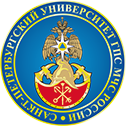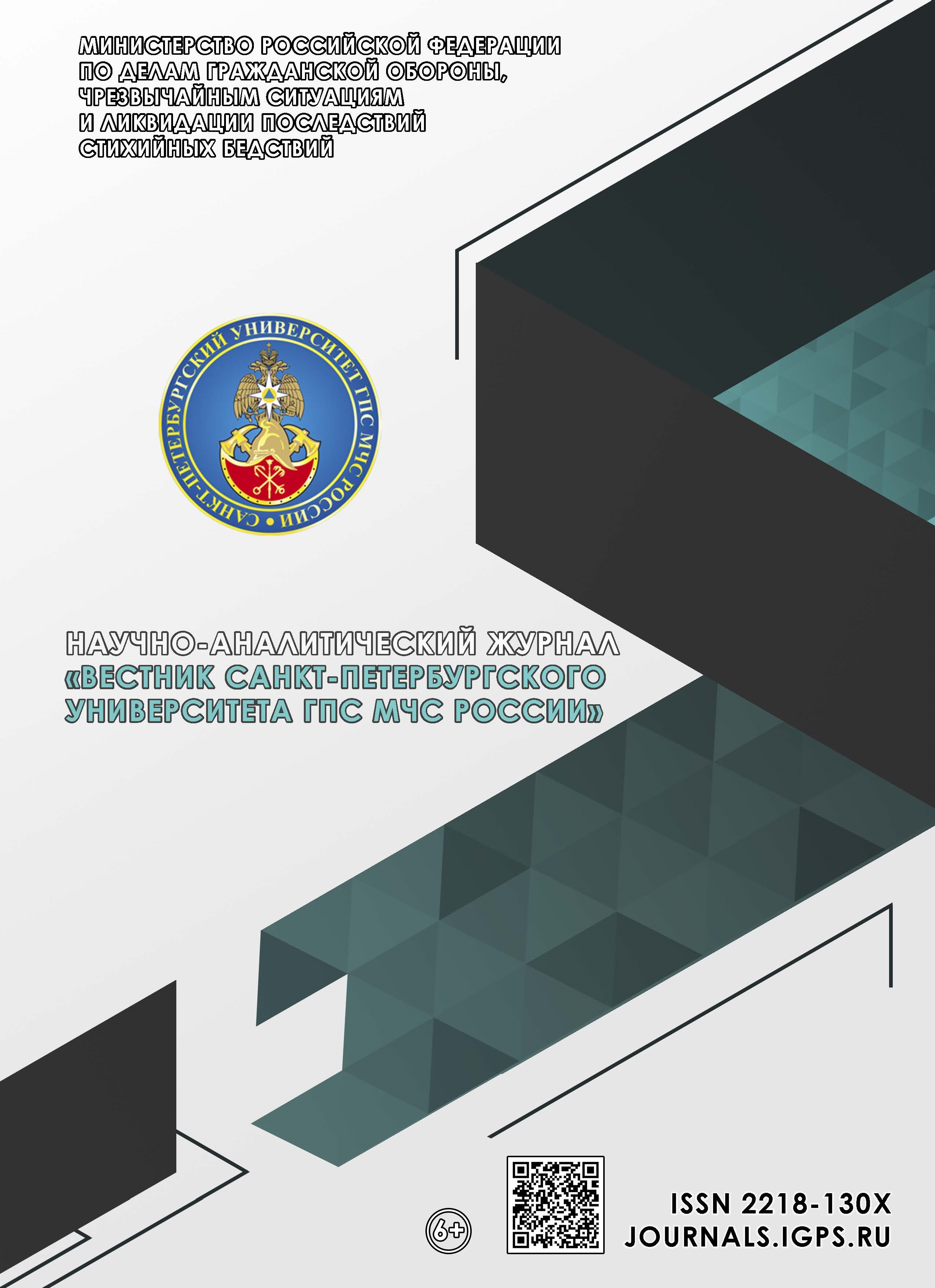Russian Federation
Russian Federation
The article presents the results of a study in the field of organizing inter-object interaction at the level of the subject of critical information infrastructure using the anthropomorphic approach. Vulnerabilities of program code are considered as inter-object interaction, the effects of inter-object interaction at the level of vulnerabilities of program code, arising as a result of the implementation of behavioral models, are substantiated. They are investigated and substantiated on the basis of the anthropomorphic approach in the form of: obligate symbiosis, parasitism, predation, amensalism, allelopathy, competition, neutralism. The types of anthropomorphism in the organization of inter-object interaction at the level of critical information infrastructure are investigated. Based on the results, new patterns in the assessment of information security risks are established. The interaction of vulnerabilities of software code can lead not only to a decrease in the system's performance, but also scenarios are possible in which a positive effect is manifested, that is, this situation can be used as an element of the protection system.
inter-object interaction, anthropomorphic approach, critical information infrastructure, object of critical information infrastructure, mono-subject system, vulnerabilities of software code, risk dynamics
1. O vnesenii izmenenij v otdel'nye zakonodatel'nye akty Rossijskoj Federacii po voprosam zashchity intellektual'nyh prav v informacionno-telekommunikacionnyh setyah: Feder. zakon Ros. Federacii ot 2 iyulya 2013 g. Dostup iz sprav.-pravovoj sistemy «Konsul'tantPlyus».
2. Rusakov A.M. Kompleks antropomorficheskih modelej povedencheskogo analiza processov dlya obnaruzheniya effektov infrastrukturnogo destruktivizma // Inzhenernyj vestnik Dona. 2024. № 11 (119). S. 391–404. EDN DLHUZQ.
3. Doktrina informacionnoj bezopasnosti Rossijskoj Federacii: Ukaz Prezidenta Ros. Federacii ot 5 dek. 2016 g. № 646. Dostup iz sprav.-pravovoj sistemy «Konsul'tantPlyus».
4. Bujnevich M.V., Izrailov K.E. Antropomorficheskij podhod k opisaniyu vzaimodejstviya uyazvimostej v programmnom kode. Chast' 1. Tipy vzaimodejstvij // Zashchita informacii. Insajd. 2019. № 5 (89). S. 78–85. EDN OLLEYX.
5. Gorin D.S., Dolzhenkov S.S. Nauchno-metodicheskie osnovy upravleniya kachestvom produkcii na osnove CALS-tekhnologij // Vestnik Akademii prava i upravleniya. 2021. № 3 (64). S. 55–60. DOI:https://doi.org/10.47629/2074-9201_2021_3_55_60. EDN CUTDUR.
6. Maksimova E.A. Modeli i metody ocenki informacionnoj bezopasnosti sub"ekta kriticheskoj informacionnoj infrastruktury pri destruktivnyh vozdejstviyah infrastrukturnogo geneza: dis. ... d-ra tekhn. nauk. SPb., 2022. 448 s. EDN OHDNPO.
7. Taneski V., Heričko M., Brumen B. Impact of security education on password change // 38th International Convention on Information and Communication Technology, Electronics and Microelectronics (MIPRO). 2015. P. 1350–1355.
8. Marimuthu K., Gopinath M. Production of Sugarcane Forecasting using ARIMAX Model // Scopus. International Journal of Innovative Technology and Exploring Engineering. 2019. Vol. 8. Iss. 12-S.
9. Intellektual'nyj analiz raboty hranilishcha dannyh Greenplum na osnove obrabotki log-fajlov / A.M. Rusakov [i dr.] // Sovremennaya nauka: aktual'nye problemy teorii i praktiki. Ser.: Estestvennye i tekhnicheskie nauki. 2023. № 6. S. 142–149. DOI:https://doi.org/10.37882/2223-2966.2023.06.31. EDN PIRKUE.
10. Dolzhenkov S.S., Maksimova E.A. Risk-menedzhment kak sredstvo realizacii metodologii podderzhki processov upravleniya informacionnoj bezopasnost'yu sub"ektov kriticheskoj informacionnoj infrastruktury pri destruktivnyh vozdejstviyah infrastrukturnogo geneza // Aktual'nye problemy prikladnoj matematiki, informatiki i mekhaniki: sb. trudov Mezhdunar. nauch. konf. Voronezh: OOO «Velborn»; Izd-vo «Nauchno-issledovatel'skie publikacii», 2024. S. 1538–1539. EDN DNWVWZ.
11. Bujnevich M.V., Izrailov K.E. Analiticheskoe modelirovanie raboty programmnogo koda s uyazvimostyami // Voprosy kiberbezopasnosti. 2020. № 3 (37). S. 2–12. DOI:https://doi.org/10.21681/2311-3456-2020-03-02-12. EDN CQFGPI.
12. Bujnevich M.V., Izrailov K.E. Antropomorficheskij podhod k opisaniyu vzaimodejstviya uyazvimostej v programmnom kode. Chast' 2. Metrika uyazvimostej // Zashchita informacii. Insajd. 2019. № 6 (90). S. 61–65. EDN HLUDTX.
13. Modeling Software Vulnerabilities with Vulnerability Cause Graphs / D. Byers [et al.] // 22nd IEEE International Conference on Software Maintenance. 2006. P. 411–422.
14. Rinaldi S.M., Peerenboom J.P., Kelly T.K. Identifying, understanding, and analyzing critical infrastructure interdependencies // IEEE control systems magazine. 2001. Vol. 21. № 6. P. 11–25.
15. Dolzhenkov S.S. Optimizaciya sistemy menedzhmenta informacionnoj bezopasnosti ob"ektov kriticheskoj informacionnoj infrastruktury // Studencheskaya nauka dlya razvitiya informacionnogo obshchestva: materialy XV Vseros. nauch.-tekhn. konf. s priglasheniem zarubezhnyh uchenyh. Stavropol': Severo-Kavkazskij feder. un-t, 2024. S. 124–130. EDN EYGAVD.
16. Belov A.S., Dobryshin M.M., Dushkin A.V. Sistemnyj podhod k proektirovaniyu sistem obespecheniya informacionnoj bezopasnosti. M.: Nauch.-tekhn. izd-vo «Goryachaya liniya-Telekom», 2023. 232 s. ISBN 978-5-9912-1067-6. EDN DCSYJQ.
17. Castro J.L., Delgado M. Fuzzy systems with defuzzification are universal approximators // IEEE Transactions on Systems, Man and Cybernetics. Part B (Cybernetics). 1996. Vol. 26. Iss. 1. P. 149–152.
18. Dolzhenkov S.S., Maksimova E.A. Primenenie podhodov risk-menedzhmenta v oblasti informacionnoj bezopasnosti sub"ektov kriticheskoj informacionnoj infrastruktury pri destruktivnyh vozdejstviyah infrastrukturnogo geneza // Kibernetika i informacionnaya bezopasnost' «KIB-2023»: sb. nauch. trudov Vseros. nauch.-tekhn. konf. M.: Nac. issled. yadernyj un-t «MIFI», 2023. S. 100–101. EDN HSRMAM.







